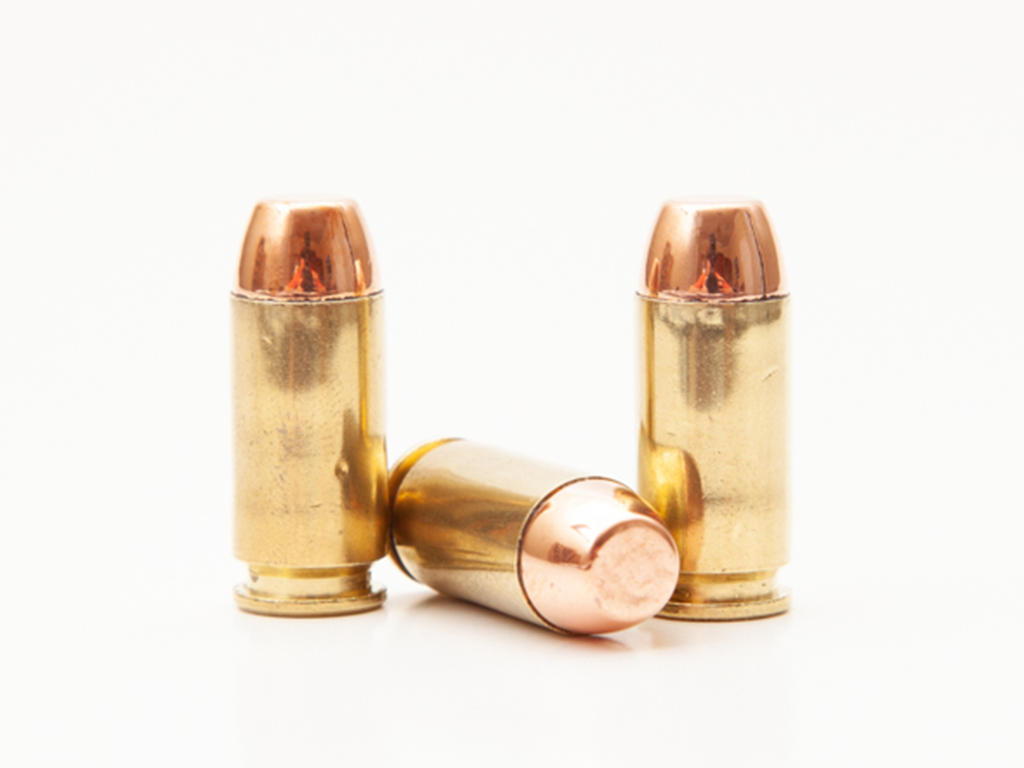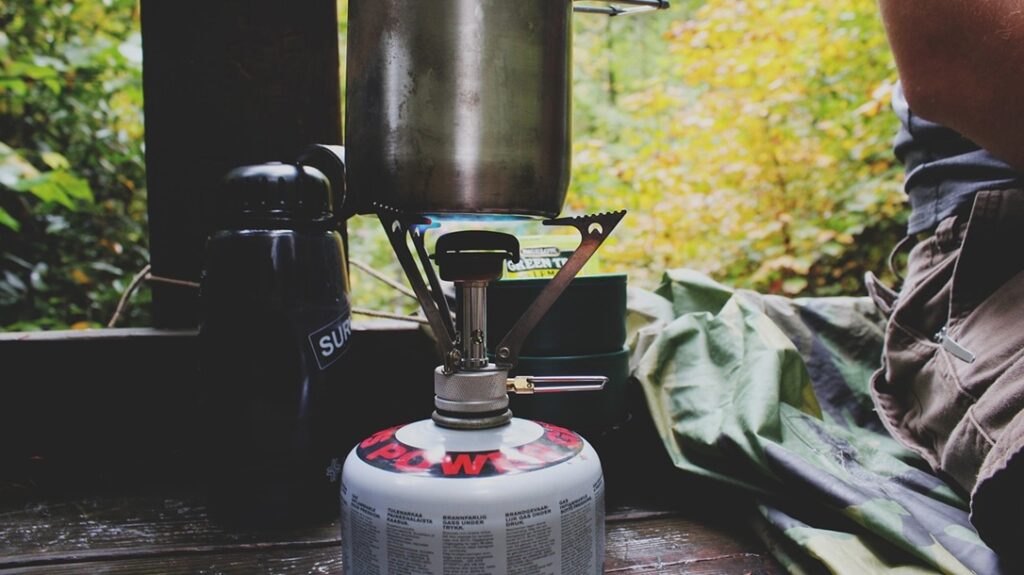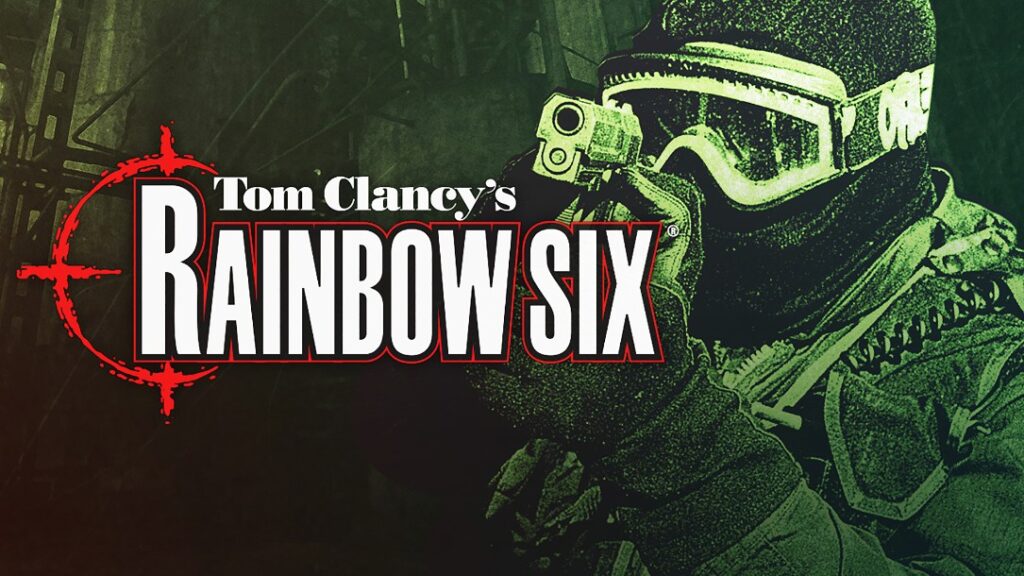I had almost entirely forgotten about the .40 S&W cartridge until S&W announced the M&P40 M2.0 Metal model. The little .40 S&W has seen a significant downfall in popularity over the last few years. You can blame it on the FBI and a ton of other Federal Police forces swapping to 9mm, the military staying with 9mm, or just shooters, in general, choosing 9mm. The 9mm renaissance is supposedly due to the improvement of 9mm cartridges, specifically hollow points and expansion.
In reality, we know more about how handguns stop bad guys. Hollow point expansion is nice, but it isn’t the be-all and end-all. What matters is proper penetration and depth. On that front, 9mm defensive cartridges have also improved steadily. Modern JHPs expand and, more importantly, penetrate deeply. On top of that, 9mm has less recoil than .40 S&W and offers you a higher capacity.
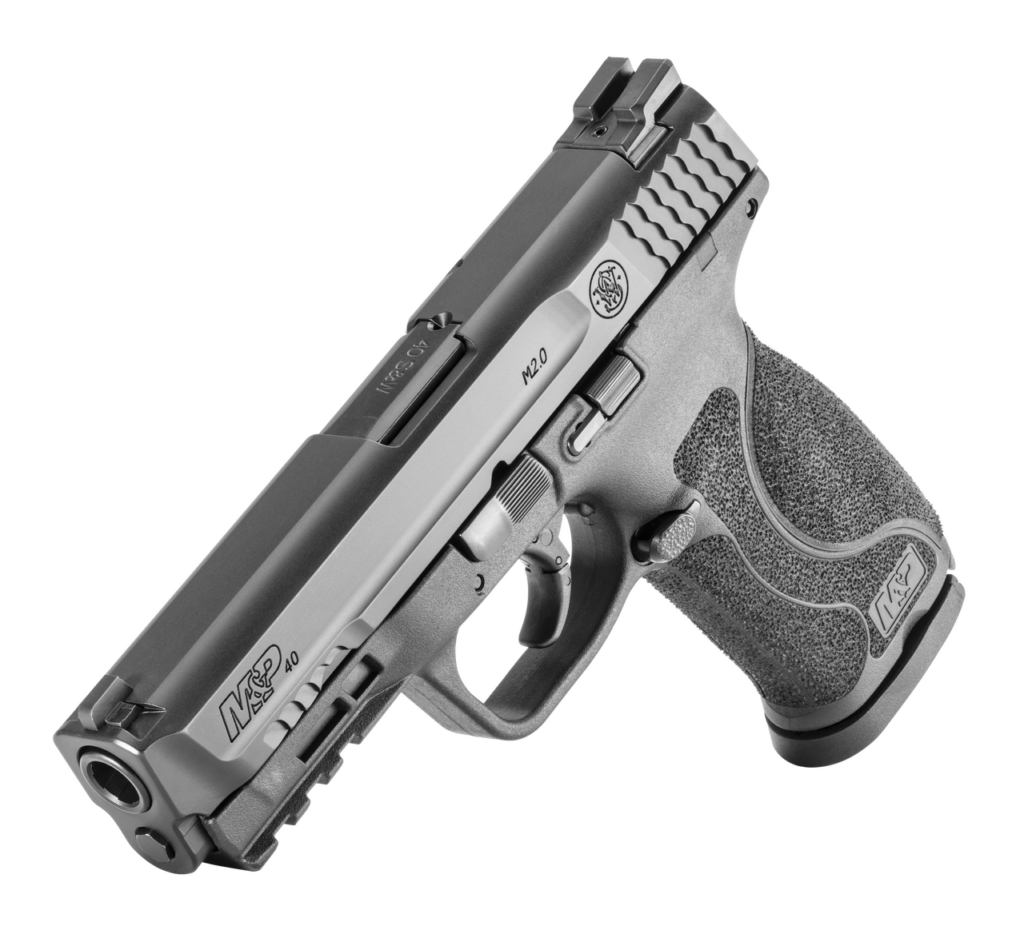
Advertisement — Continue Reading Below
The .40 S&W faded away, and 9mm has steadily taken over. Companies like Glock only brought their .40 S&W series to the 5th generation due to contracts in South America. Most companies aren’t producing a .40 S&W variant of their latest handgun. It’s all about 9mm…and .45 ACP. The .45 ACP has stuck around even in the face of 9mm supremacy. The question is, why has the .40 S&W faded away, but the .45 ACP remained viable?
.40 S&W versus .45 ACP
The M&P 40 2.0 Metal model was surprising in the firearms industry because new .40 S&W pistols are rare these days. Adopting a 9mm to a .40 S&W isn’t all that hard and would be simple for most companies, but it’s doubtful many will take the lead. Yet, the .45 ACP is still seeing new production guns.
Yes, most new 45 ACP pistols are 1911s, but not all. FN produced the 545, which is an overgrown 509 in .45 ACP. Soeger expanded the STR series with the STR-45. Ruger unleashed a .45 ACP carbine. The point is that .45 ACP guns are still being produced, and the folks buying guns still like them. Admittedly, it’s not seeing the same success with the police world, but there’s enough demand to keep the old war horse afloat.
Advertisement — Continue Reading Below
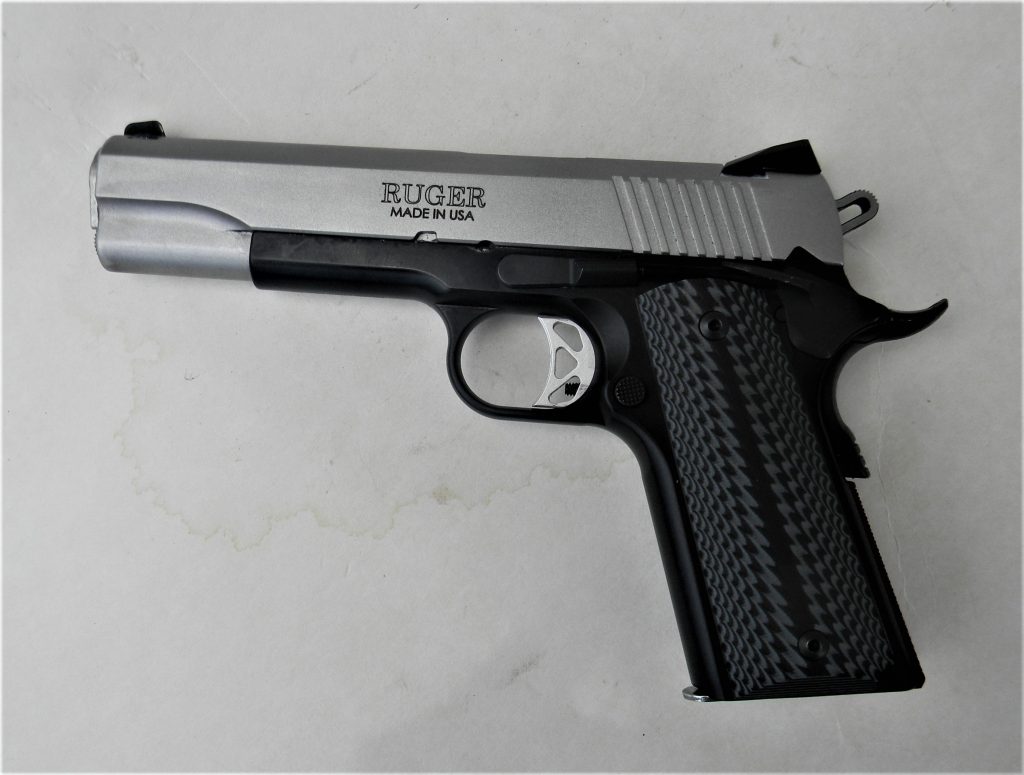
The .40 S&W has been ridiculed since its inception. It was hailed as the .40 Short and Weak because S&W took the FBI loadings of the 10mm and shortened the case. Early teething issues included companies that converted their 9mm guns to .40 S&W and then ran into catastrophic failures due to the higher-pressure .40 S&W cartridge. Smaller .40 S&Ws were known to be snappy and difficult to shoot well.
There wasn’t a lot of love for the cartridge from the beginning, and outside of a few rappers, I’ve never met a die-hard fan of the .40 S&W.
Advertisement — Continue Reading Below
Why the .45 ACP Keeps Kicking
The .45 ACP has been embroiled in cartridge wars since its very beginning. It faced competition from the .38 Special and .357 Magnum from wheel guns. The 9mm challenged it and largely won across Europe. Yet, the .45 ACP continues to truck along and keep kicking. This brings us back to our core question: Why does the .45 ACP remain popular while the .40 S&W fails?
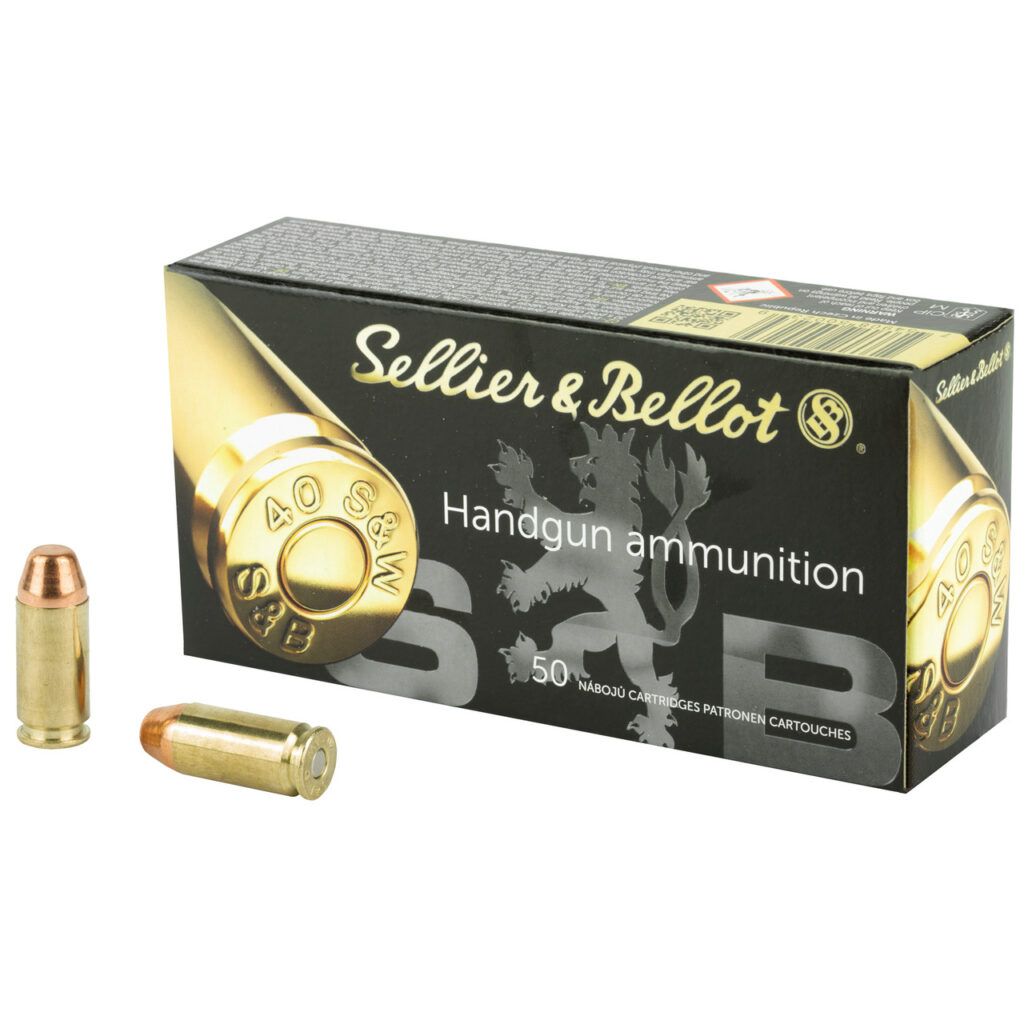
There are two reasons why. The first is practical, and the second is cultural. Let’s focus on the practical first. The practical applications have nothing to do with the renowned stopping power myth often associated with the .45 ACP.
Advertisement — Continue Reading Below
The Practical Reasons
The .45 ACP is one of those cartridges that’s somehow inherently very accurate. Winchester’s old LE Catalog documented the accuracy potential of their duty ammo, and the .45 ACP often came on top. (At least at closer range, 9mm took the top spot at 50 yards)
There are small variances, but they are worth noting. The .45 ACP’s lower pressure seems to be the most agreed-upon reason. Lower operating pressure means the case is thin and softer, which allows for a better gas seal than the high-pressure .40 S&W.
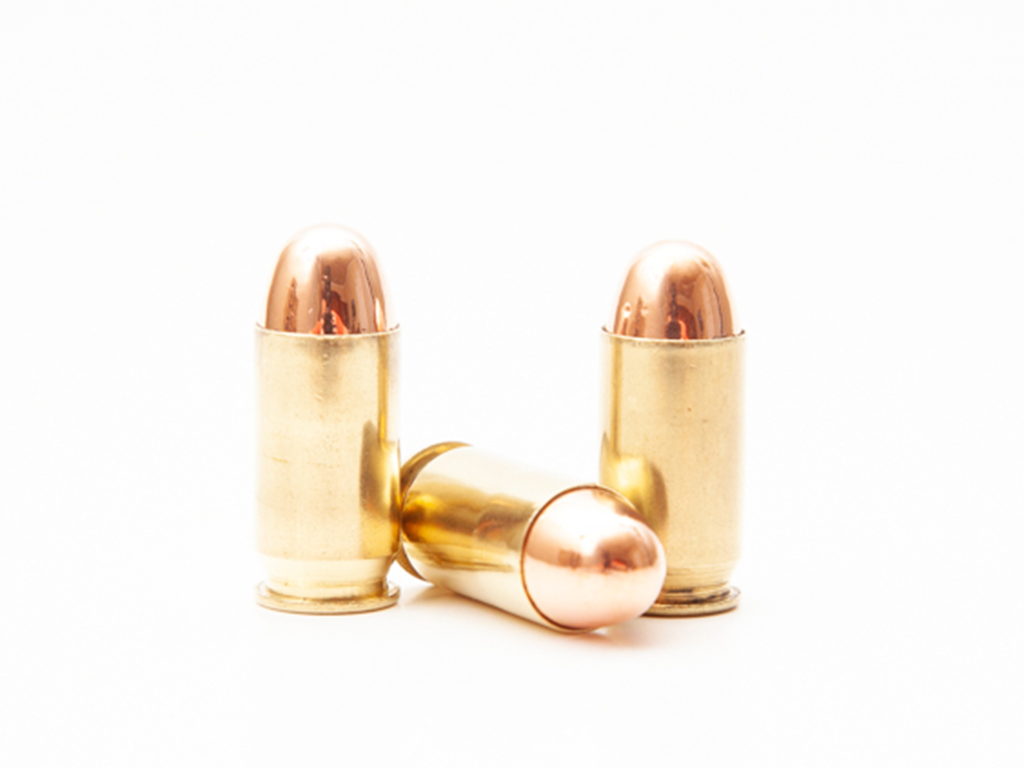
Advertisement — Continue Reading Below
The .45 ACP has over a century’s worth of reloading data and many fans, which has made it available with all manner of projectile types and loads. It’s very versatile in that regard.
The .45 ACP and its 230-grain FMJs are naturally subsonic and make for excellent suppressor food. The vast majority of .45 ACP guns are made to shoot these subsonic rounds, so there are no reliability issues.
Most .45 ACP pistols are very modern and high-end guns, which is a real benefit. The varied 1911s, HK 45s, and similar products are great guns, which leads to a desire for .45 ACP and .45 ACP guns.
Advertisement — Continue Reading Below
The Not-So-Practical Reasons
There is a little something called cultural cache, and the .45 ACP has it, while the .40 S&W does not. I’d argue that in the United States, the .45 ACP has more cultural cache than the 9mm. This isn’t practical, but it’s a love of something.
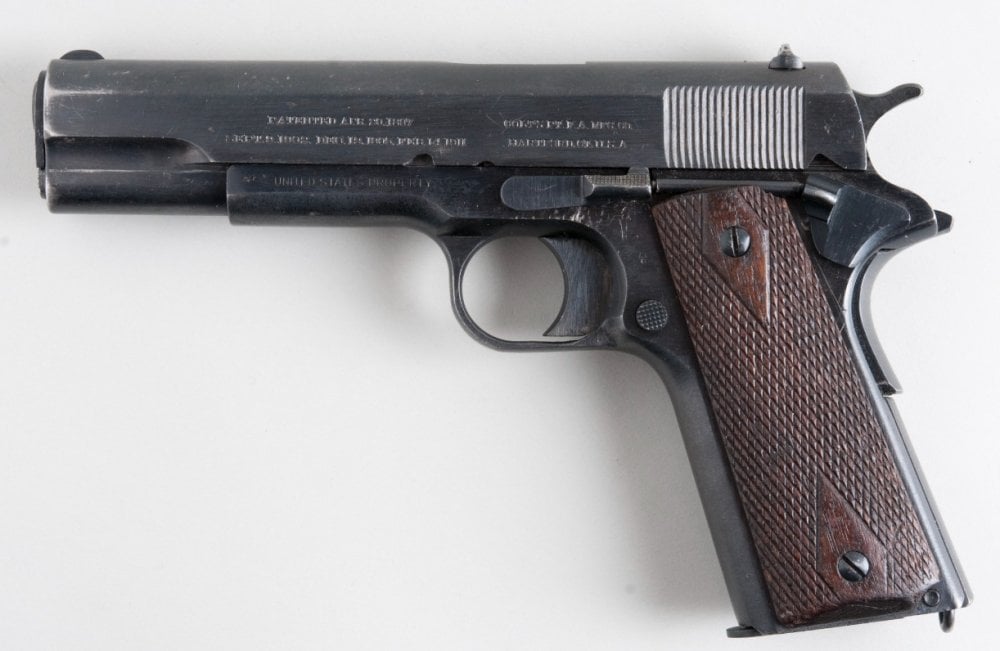
The .45 ACP armed the men who stormed Normandy in Thompsons and M1911s—and later, grease Guns. Decades of soldiers carried the cartridge in the beloved M1911. It has an attached mythos. It’s part of the American gun culture that was started by men like Jeff Cooper, and it will likely remain a part of gun culture.
Advertisement — Continue Reading Below
People like the .45 ACP because it’s .45 ACP. I’m not sure there are .40 S&W fans who just like the cartridge, its mythos, and its history. For that reason, I doubt we’ll see an end to the .45 ACP anytime soon, but the .40 S&W is slowly fading into obscurity.
